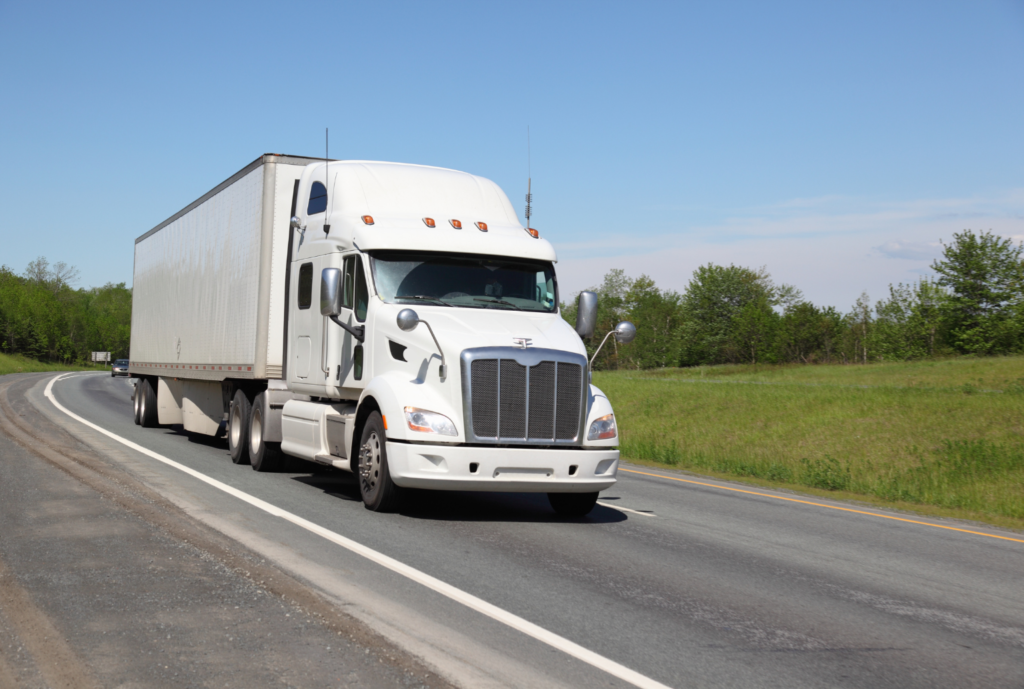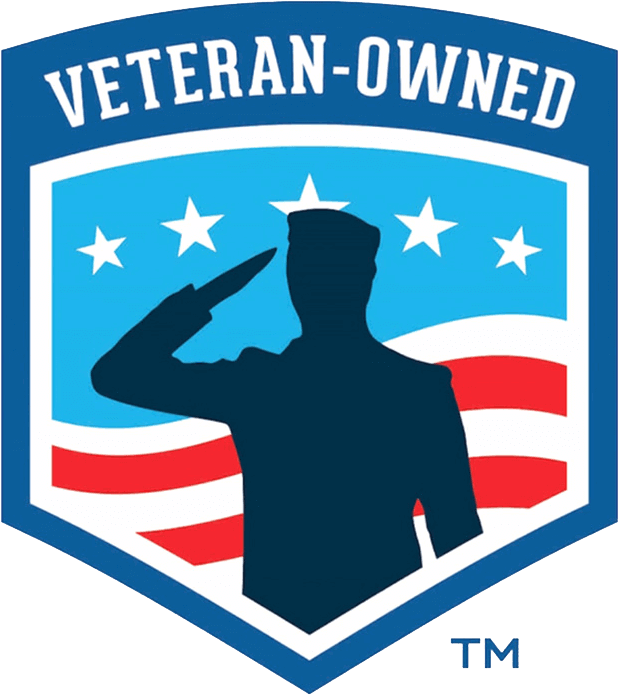If you’re wondering how long does it take to get trucking authority and how to get it, this post might help you!
The trucking sector transports three-fourths of America’s cargo, employing millions of people and bringing in $732.3 billion in gross freight income. One of the biggest obstacles to starting a trucking company is getting the appropriate licenses and permissions. To transport freight across the US, industry-specific permissions are necessary. If you want your trucking company to transport goods over state lines, you must first apply for an MC number and a trucking authority.
Below are ten easy steps to acquire MC numbers and transportation authorization that can help you.
But First, What Is Trucking Authority?
Let’s say you want to ship products across the country. If so, you’ll probably want trucking authority, which is a license issued by the Federal Motor Carriers Safety Administration (FMCSA) to move cargo throughout the US. Although there are a few exceptions, if you wish to manage a sizable freight company or hire other drivers to provide interstate services, you will probably need a trucking authority.
There are different objectives for different kinds of authorities. For instance, freight forwarders need a different level of authorization than motor carriers. While getting trucking authority can be a hassle for both new and seasoned business owners, it gives you the chance to increase your income.
What Is Operating Authority?
You’ve probably heard of “operation authority” or “motor carrier authority” if you work in the trucking sector. These phrases can be used in place of trucking authorization.
What Is an MC Number?
When trucking authority is granted by the FMCSA, motor carriers are given a number known as a Motor Carrier Number (MC Number). This number serves as evidence that you are authorized to carry products based on the rules established by your particular authority.
What is a DOT number?
A USDOT Number is another crucial regulatory number that you require if you want to operate a trucking company. The US Department of Transportation controls this number (USDOT). This tracking number enables authorities and freight forwarders to learn more about your company. It will keep an eye on your safety records, car classifications, and other crucial information.
What Kinds of Authority Are There?
There are three main categories of authority: freight forwarders, motor carriers, and brokers.
Let’s dig deeper into these authorities below:
Motor Carrier
A company that delivers products like freight, food, cars, etc. is known as a motor carrier. Another example of this is a company that provides passenger transportation. To offer various kinds of freight services, you need MC permission.
Freight Forwarder
This could entail mixing several cargo loads for transportation, moving cargo from a pickup location to a shipping location, or offering a variety of other shipping-related services. A motor carrier is frequently a freight forwarder’s subcontractor.
Broker
To carry products, a person or organization known as a broker bargain with motor carriers. The person in charge of the cargo’s transportation is not the broker.
Difference Between Common Carriers And Contract
Before you start operating, it’s important to comprehend the distinction between common carriers and contract carriers.
Contracts with the companies they operate with are a must for contract carriers. On the other hand, as long as it complies with federal laws, common carriers can deliver freight to anyone ready to pay them. While contract carriers require fixed contractors with particular entities, common carriers can deal with the general public.
Both of these carriers must have liability insurance to conduct business legally, and common carriers must also have cargo insurance to follow rules.
Perks Of Owning A Trucking Authority
In many instances, those requesting trucking authorities are already employed in the trucking sector. Having your own transportation authority comes with a lot of advantages.
Let’s talk about these advantages below:
Autonomy:
You’ll have the freedom to select your own cargo, work with your own drivers, and more.
Interstate Travel:
Operating across several states is permitted if you have a trucking license.
Profit:
By having transportation power, you may diversify your sources of income and keep more of your earnings.
Flexibility:
You have more control over the routes you take and can decide which jobs to accept or reject.
There are undoubtedly numerous benefits to applying for your authority, but you must keep in mind that it also comes with extra responsibilities. Running a trucking business can be challenging; you must be ready to find your own clients, hire staff, and adhere to local and national regulations.

10 Steps To Get Trucking Authority
Now that you are aware of the variations among the authorities, it is time to begin the application procedure. Here are five straightforward actions you should follow to get authority:
Step 1: Sign up your transportation firm in step one.
Each state has its own rules and charges for registering a business, which must be completed before you can apply for an MC number. To form a sole proprietorship, LLC, or any other kind of business structure, you should also make that decision.
Step2: Obtain your Employer Identification Number (EIN)
Now, it’s time to acquire an employer identification number. The Internal Revenue Service (IRS) issues these numbers to identify corporate entities.
Recall that if you want to form a sole proprietorship, an EIN is not required. Nevertheless, if you don’t want to use your social security number for business, you can still apply for one (SSN).
Step 3: Obtain a Department of Transportation business registration (USDOT)
The next step is to submit an application for a DOT Number to the US Department of Transportation. This will make it easier for the USDOT, freight forwarders, and other organizations to find out about your cars’ safety records, among other things.
However, you must renew this number every two years to keep your DOT authority. Also, this will need to be updated if you change your company name or any other essential information.
Step 4: Apply for your motor carrier (MC)
Applying for your MC number is now necessary. You need this to offer a variety of cargo services, including engaging in any kind of interstate trade. On the FMCSA website, you can apply for this number.
Step 5: File For BOC-3 File Before Getting Trucking Authority Insurance
The BOC-3 form and an insurance policy must be filed after you submit your FMCSA application for your MC number. The time frame for finishing this is 20 days after requesting your MC Number.
You won’t receive your authority if you don’t submit a BOC-3 application or buy a necessary insurance policy.
Step 6: Complete The Heavy Vehicle Use Tax (HVUT)
After getting BOC-3 and insurance, you must pay the heavy vehicle use tax (HVUT). HVUT, a tax on heavy vehicles operating on US highways, is an additional expense of running a trucking business with motor carrier permission.
Step 7: Configure your IRP (International Registration Plan)
You must sign up with IRP if you intend to manage a transportation business that travels through several different legal systems. It will details, such as the title information, VIN, Acquisition Date, Acquisition Price, Make, Model, and the states you intend to operate in.
Step 8: Establish an International Fuel Tax Agreement (IFTA) account
Only a few steps left to get your trucking authority. Now, the next is to open an IFTA account. This enables you to submit your fuel usage taxes inside the 48 contiguous states of the United States and several provinces of Canada, and you are required to do so after each fiscal quarter.
This report will include all fuel purchases as well as the distance covered in each jurisdiction.
Step 9: Finish up your UCR (Unified Carrier Registration)
Your new UCR permit will confirm that you have the appropriate insurance coverage for the states in which you are trading. You must register in each state where you plan to have your business. Depending on the size of your present fleet, there will be a cost associated with this.
Each year, you will need to submit a new application.
Step 10: Register In A Program For Alcohol And Drug Testing
Last but not the least, you must enroll in a program for drug and alcohol testing. According to federal rules, your truck drivers must be able to successfully complete drug tests. Drivers must register with a facility that administers drug and alcohol testing.
Costs for MC and DOT Numbers
Considering the advantages these licenses can give your firm, getting an MC and DOT number is surprisingly cheap. Here are the FMCSA fees for authority:
- $300 for the Permanent Authority
- $14 for the Notice of Name Change
- $80 for the Reinstatement Authority
Take Note: A USDOT number does not require an additional fee.
Trucking Authority & MC Number FAQs
Regarding trucking authorities and MC numbers, we frequently get inquiries. A few of the most often asked questions are included below, along with responses:
What is the expense of obtaining your own authority?
The normal cost of obtaining authority is $300, which is paid to the FMCSA[5]. In addition, you’ll need to account for additional expenses like insurance, which can vary depending on the kind of business you run and the kind of authority you need.
What is the time frame for obtaining a DOT number?
In many instances, you can get a DOT in less than one hour. This, however, does not provide you any authority. It will take weeks for your MC Number to arrive.
These are just some of the things that you need to know about the Trucking Authority.
If you have any questions or comments, please feel free to drop them below.



